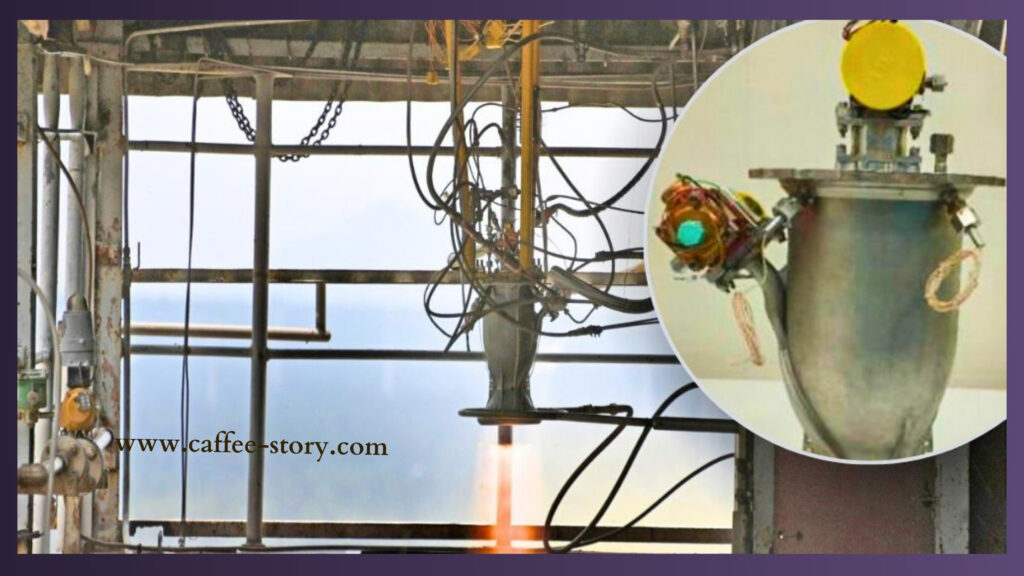
3D-Printed Rocket Engine, the Indian Space Research Organization (ISRO) successfully conducted a rocket engine test on Friday in Tamil Nadu at ISRO propulsion complex, Mahendragiri. “ISRO’s recent test marks another milestone which makes use of a total of 13.7 kg of metal powder now as compared to the earlier requirements of 565 kg of forgings and sheets for conventional manufacturing process”. The test lasted for 665 seconds (11 minutes 5 seconds)
The liquid rocket engine used for the test was the PS4 engine of the PSLV upper stage. On Friday 10 May, by successfully conducting a hot test of a liquid rocket engine created with Additive Manufacturing (AM) technology also know in common language as 3D printing, the Indian Space Research Organization (ISRO) marked other achievements to its list of success stories.
There are 7 main points about the 3D printed rocket engine are as follows: –
- The engine that the space agency tested is the PS4 engine used in the Research Control System (RCS) of the upper stage (PS1) of the polar satellite Launch Vehicle (PSLV).
- The test was conducted on Friday in Tamil Nadu at ISRO Propulsion Complex, Mahendragiri.
- Consequently, the new engine now saves 97 per cent of raw materials and reduces production time by 60 per cent.
- A total of 13.7 kg of metal power is needed now as compared to the earlier requirements of 565 kg of forgings and sheets for conventional manufacturing process.
- A press release from the space agency stated, “ISRO achieved the major milestone with the successful hot testing of a liquid rocket engine manufactured through AM technology for a duration of 665 seconds on MAY 9.”
- Highlighted the breakthrough, the space agency also took to social media platform X (formerly Twitter). The post read, “Design & Manufacturing Breakthrough: ISRO successfully conducts a long duration test of the PS4 engine, re designed for production using cutting- edge additive manufacturing techniques and crafted in the Indian Industry”.
More about 3D-Printed Rocket Engine
The number of parts deployed has been brought down to 1 from 14 with the employment of the laser Powder Bed Fusion technique. This further eliminated 19 weld joints, subsequently saving upon raw material usage per engine tremendously, as the space agency noted that after the successful administration of test. ‘ISRO chief Somanath shares plans for next Moon Mission in 2040’.
“The engine uses the earth storable bipropellant combinations of nitrogen tetroxide as oxidizer and mono methyl hydrazine as fuel in pressure fed mode. It was developed by the Liquid Propulsion System Centre (LPSC),” ISRO. As part of the development process, the injector head of the engine was relaxed and successfully hot – tested earlier. The proto hardware was carried out to gain confidence for the host test detailed flow and thermal modeling structural simulation and cold flow characterization.
The regular PSLV program ISRO plans to induct the AM PS4 engine. It is the first Indian launch vehicle to be equipped with liquid stages, the Polar Satellite Launch Vehicle (PSLV). PSLV emerged as reliable workhorse launch successful vehicle in October 1994, as the vehicle has launched numerous Indian and foreign customer satellites. Besides, “the vehicle smoothly launched two spacecraft Chandrayaan – 1 in 2008, and mars Orbiter Spacecraft in 2013, that later travelled to Moon and Mars, respectively.
Follow us more stories at http://www.caffee-story.com
“PSLV earned its tittle ‘the workhorse of ISRO’ by consistently delivering various satellites to low Earth orbits. It can take up to 1,750 kg of payload to Sun-synchronous polar orbits of 372.8 miles (600 km) altitude” The technology helped ISRO to bring down the number of parts in the engine from 14 to a single piece as it shows in 3D-Printed Rocket Engine.